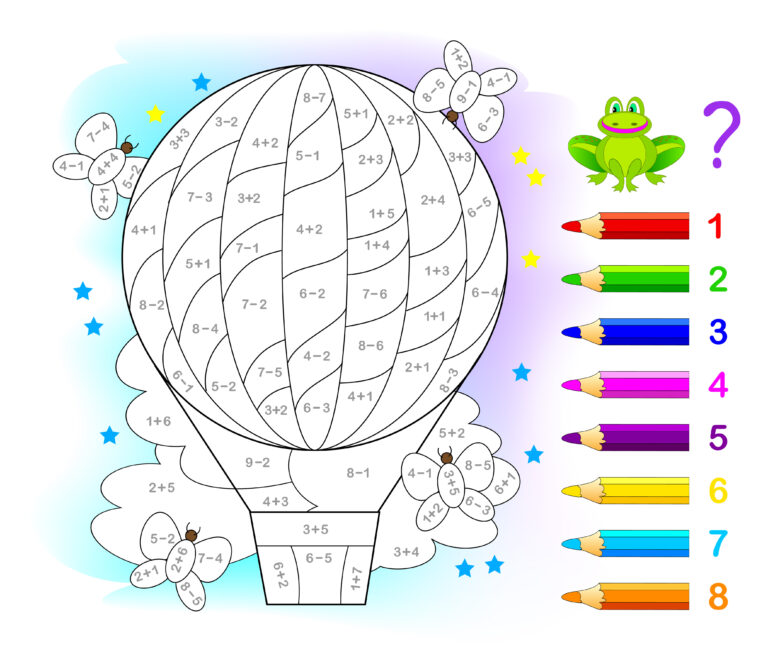Beta particles emitted by iodine-131 kill thyroid tissue primarily because iodine-131 is selectively taken up by the thyroid gland, and its radioactive decay releases beta radiation that damages the cells in close proximity. Iodine-131 behaves chemically like stable iodine, so when administered, it is absorbed and concentrated by thyroid cells through the sodium-iodide symporter, a protein that normally transports iodine into the thyroid for hormone production. Once inside the thyroid, iodine-131 undergoes radioactive decay, emitting beta particles—high-energy electrons—that penetrate and damage the DNA and cellular structures of thyroid cells, leading to cell death.
The thyroid gland’s unique ability to concentrate iodine makes it particularly vulnerable to iodine-131’s effects. The beta particles have a limited range, typically traveling only a few millimeters in tissue, so their destructive impact is localized mainly to the thyroid cells that have absorbed the radioactive iodine. This targeted delivery of radiation allows iodine-131 to destroy overactive or diseased thyroid tissue, such as in hyperthyroidism or thyroid cancer, while sparing most other tissues in the body.
At the cellular level, beta radiation causes ionization and breaks in DNA strands, which disrupts the cell’s ability to replicate and function. The damage triggers cell death pathways, including apoptosis (programmed cell death), and can also cause mutations that prevent the cells from surviving. Because the thyroid cells are actively taking up iodine, they receive a concentrated dose of radiation internally, which is much more effective at killing them than external radiation would be.
The therapeutic use of iodine-131 exploits these properties. When given orally, iodine-131 is absorbed into the bloodstream and rapidly taken up by the thyroid. The emitted beta particles then irradiate the thyroid tissue from within, destroying the abnormal or overactive cells. This process reduces the thyroid’s ability to produce hormones, which is beneficial in conditions like Graves’ disease (an autoimmune hyperthyroidism) or toxic thyroid nodules. The radiation dose is carefully calculated to maximize destruction of diseased tissue while minimizing side effects.
Because the beta particles have a short penetration depth, the damage is mostly confined to the thyroid and nearby cells. However, some radiation can affect surrounding tissues, which is why patients may experience temporary worsening of symptoms shortly after treatment due to release of thyroid hormones from dying cells. Over time, as the damaged thyroid tissue is cleared, hormone levels stabilize or decrease.
In summary, iodine-131 kills thyroid tissue because it is selectively absorbed by the thyroid gland, and its radioactive decay emits beta particles that cause lethal damage to the DNA and cellular components of thyroid cells. This targeted internal radiation therapy effectively destroys overactive or malignant thyroid tissue while limiting harm to other parts of the body.





